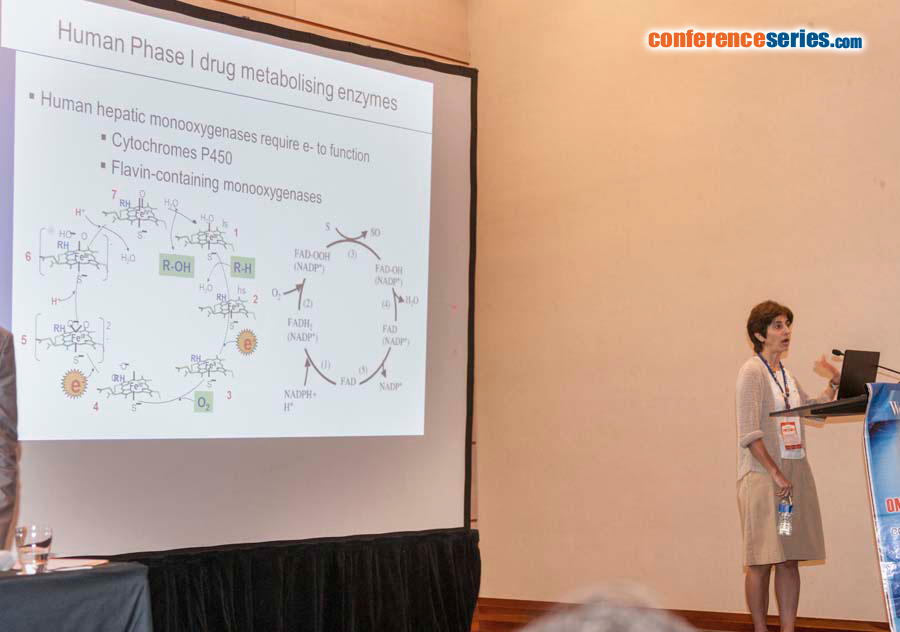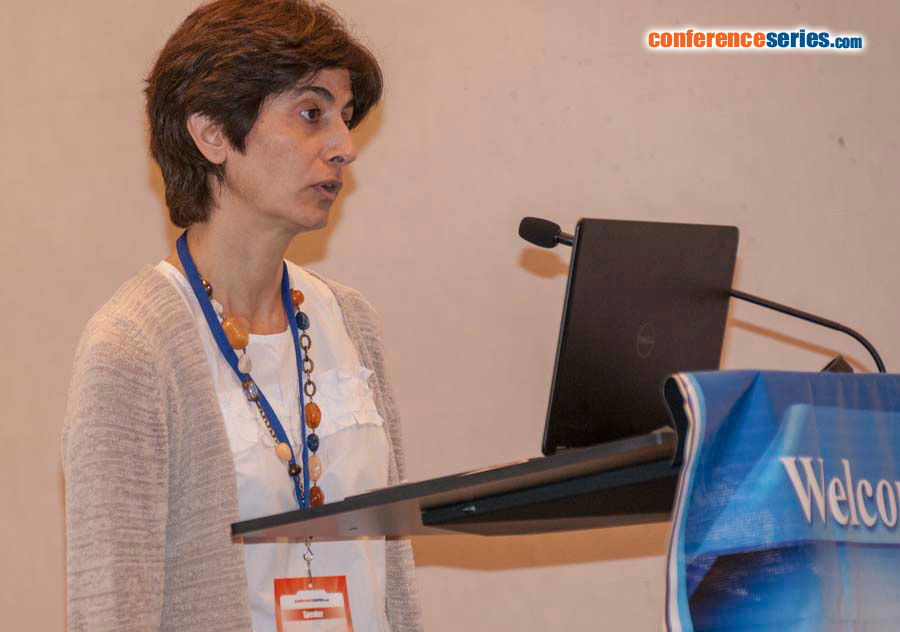
Sheila Sadeghi
University of Torino, Italy
Title: An electrochemical biochip based on human hepatic drug metabolising enzymes in the presence of graphene and/or AuNps
Biography
Biography: Sheila Sadeghi
Abstract
Human hepatic Phase I drug metabolising enzymes include the large family of cytochromes P450 and flavin-containing monooxygenases (FMO). In general, the activity of these enzymes renders the drugs and xenobiotics more amenable to excretion. Cytochromes P450 and to a lesser extent FMOs are important in the drug discovery process carried out by pharmaceutical companies worldwide since more than 80% of currently available drugs are substrates and/or inhibitors of these enzymes and any new chemical entity has to be tested against these monooxygenases in order to determine their clearance as well as toxicity. Both these family of monooxygenases are also redox proteins with either haem or flavin as their cofactors. The presence of the latter makes these enzymes responsive to electrochemical methodologies. However, these enzymes are membrane-bound and difficult to manipulate. Our group has been involved in studying the wiring of these human enzymes to electrode surfaces for the last two decades. Electrode modification for immobilisation of these enzymes has been achieved in a number of ways, ranging from the use of films of positively charged surfactants such as didodecyl ammonium bromide (DDAB), poly-(dimethyldiallyl ammonium chloride) (PDDA) to ordered self-assembled thiol-terminated chains such as cystamine-maleimide. More recently, we have also demonstrated the successful use of gold nanoparticles (AuNps) and graphene. Data will be presented regarding the activity as well as identification of the metabolite(s) produced by these human enzymes and their polymorphic variants once immobilised on electrode surfaces in the presence of graphene. Finally, development of this type of biochips has direct biosensor applications in the era of personalized medicine.







